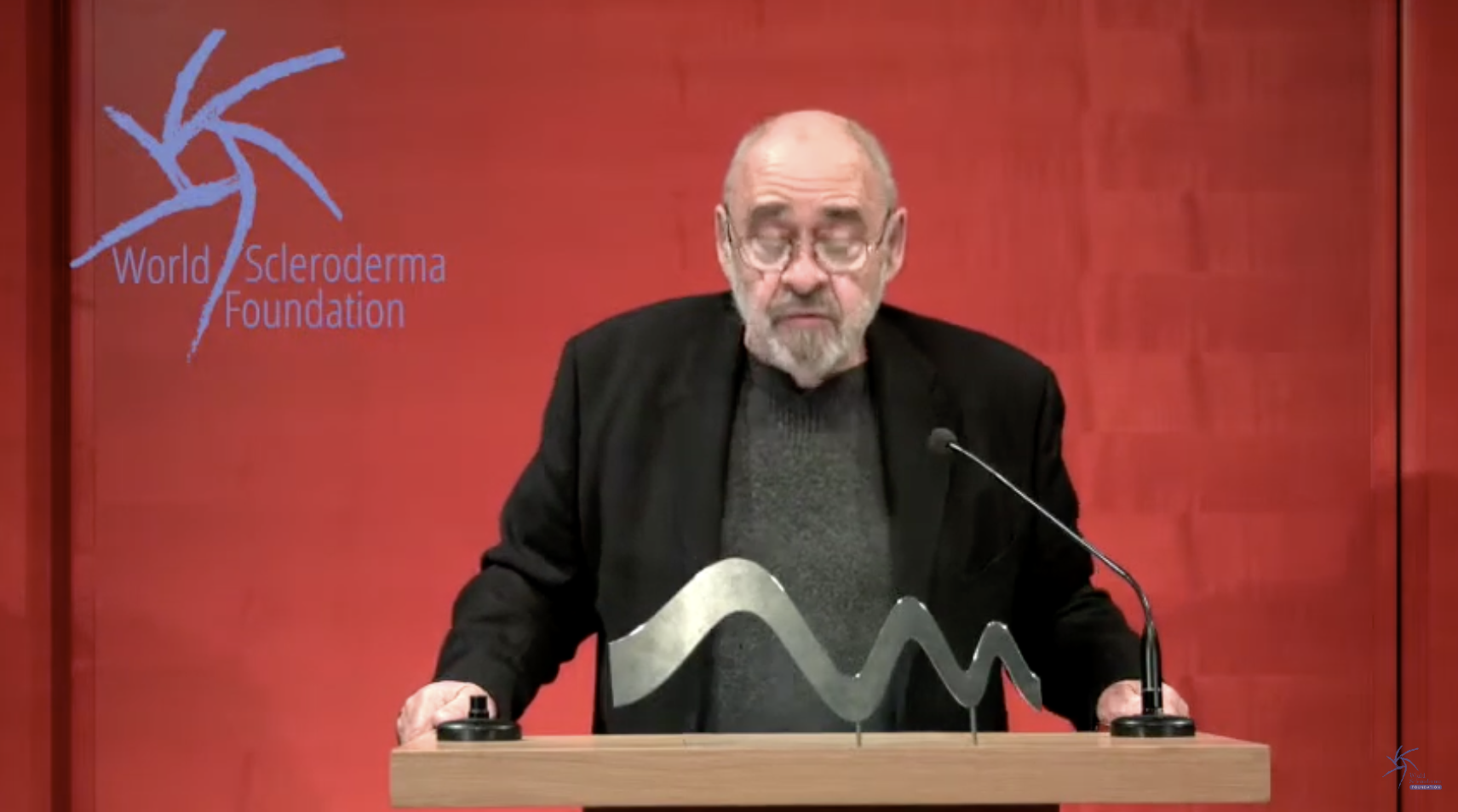The World Scleroderma Foundation is a non-profit, non-governmental foundation based in Switzerland, promoting scleroderma research and supporting patients suffering from scleroderma.
About Us
Mission Statement
The World Scleroderma Foundation is dedicated to initiating and supporting research in scleroderma in all its aspects in all regions of the world. It is also committed to improving the quality of life for scleroderma sufferers and their families.
To facilitate patient oriented research both independently and in collaboration with other existing organizations and international societies working in this field.
Support is in the form of project grants, expert advisory panels and knowledge dissemination platforms. Patient groups as well as allied health professionals will be an integral part of the WSF structure. The WSF will liaise with society, industry and government in an open and dynamic fashion. Importantly, WSF will remain independent of regional, political or industrial pressures.
We are grateful to Alexander Klee and his family for graciously consenting to act as patrons of our association, and together we intend to raise awareness and resources to further research and overcome this disease. We are in a new and optimistic era of targeted molecular, biological and cellular therapies, which have already impacted on other autoimmune diseases and give hope to our scleroderma patients. Let us take the star from ‘Dieser Stern lehrt beugen’ (this star teaches us to accept our fate) as not just an acceptance of the inevitable, but as a ‘star of hope’ for the future.
Although human suffering is universal, not all of us are gifted with the creative talent to express such emotions; we are therefore grateful to Hans Suter for this splendid book in which we share this anguish through the eyes of a creative genius, Paul Klee. In one of his last pictures, ‘Tod und Feuer’ (Death and fire), one sees the tight, ashen face of the scleroderma sufferer facing his imminent demise. Bowed but Not Broken by Suffering and Adversity.
In 1933 Paul Klee’s work was branded as ‘Entartete Kunst’ (Degenerate Art) by the National Socialists and he was dismissed from his professorial post at the Duesseldorf Academy of Fine Arts. This led him, together with his wife Lily, to return to his ‘real home’ of Bern. Here his avant-garde art was not understood and Klee found himself in involuntary isolation. In 1935 Klee started to suffer from a mysterious disease. The symptoms included changes to the skin and problems with the internal organs. In 1940 Paul Klee died, but it was only 10 years after his death that the illness was actually given the name ‘scleroderma’ in a publication about Klee. However, the diagnosis remained mere conjecture.
Since his adolescence, the dermatologist and venereologist Dr. Hans Suter has been fascinated by Paul Klee and his art, and more than 30 years ago this fascination spurred him to commence research into the illness and its influence on the art of Paul Klee’s final years. It was due to Dr. Suter’s meticulous investigations that Klee’s illness could be defined as ‘diffuse systemic sclerosis’. In this book the author assembles his findings and describes the rare and complex disease in a clear and comprehensible way. Further, he empathically interprets more than 90 of Klee’s late works.
The point of view of a dermatologist renders a unique source of information. It provides, on one hand, new insights into everyday medical practices at the University of Bern in the 1930s, which fascinates doctors and local historians alike. On the other hand, art historians and art lovers will be absorbed by the newly discovered links between Paul Klee’s work and his illness.
For further information and excerpts, please go to this page.

